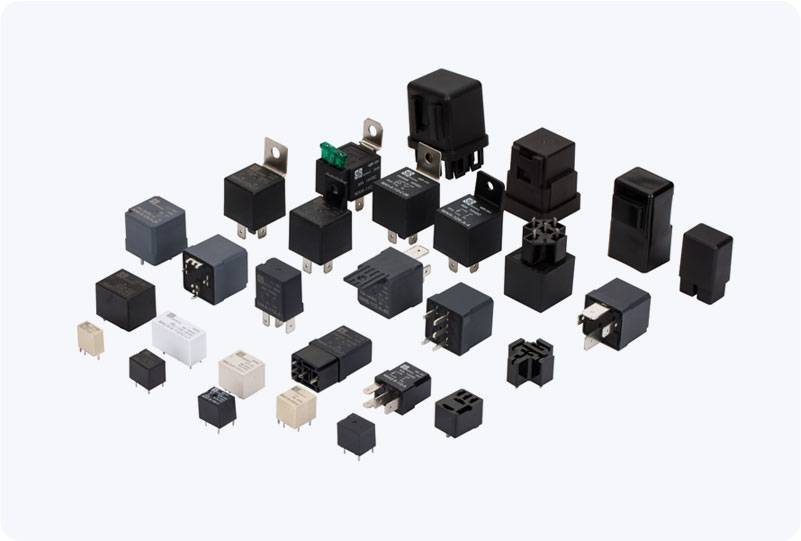understanding precharge relay: essential for protecting power electronics
Release time:2025-08-22 20:49:56
Precharge relays are an essential component in the field of power electronics, providing a crucial function in systems that require gradual charging of capacitors or batteries. These relays are widely used in high-power applications, including electric vehicles (EVs), uninterruptible power supplies (UPS), and industrial power systems. Their role is to protect sensitive components from the damaging effects of inrush currents, ensuring the longevity and reliability of the equipment. In this article, we will explore what a precharge relay is, how it works, and its applications in various industries.

What is a Precharge Relay?
A precharge relay is a type of relay used to control the initial flow of current when an electrical system is powered up. In high-power applications, such as inverters or electric vehicle charging systems, there are large capacitors that need to be charged gradually to avoid the sudden surge of current that can cause damage to sensitive components. The precharge relay helps to mitigate this issue by introducing a controlled, delayed current flow at system startup.
How Does a Precharge Relay Work?
The primary function of a precharge relay is to limit the inrush current when an electrical system is energized. This is particularly important in systems with large capacitors that require a significant amount of current to charge. Without proper control, the capacitors would receive a large amount of current all at once, potentially damaging the components and shortening their lifespan.

